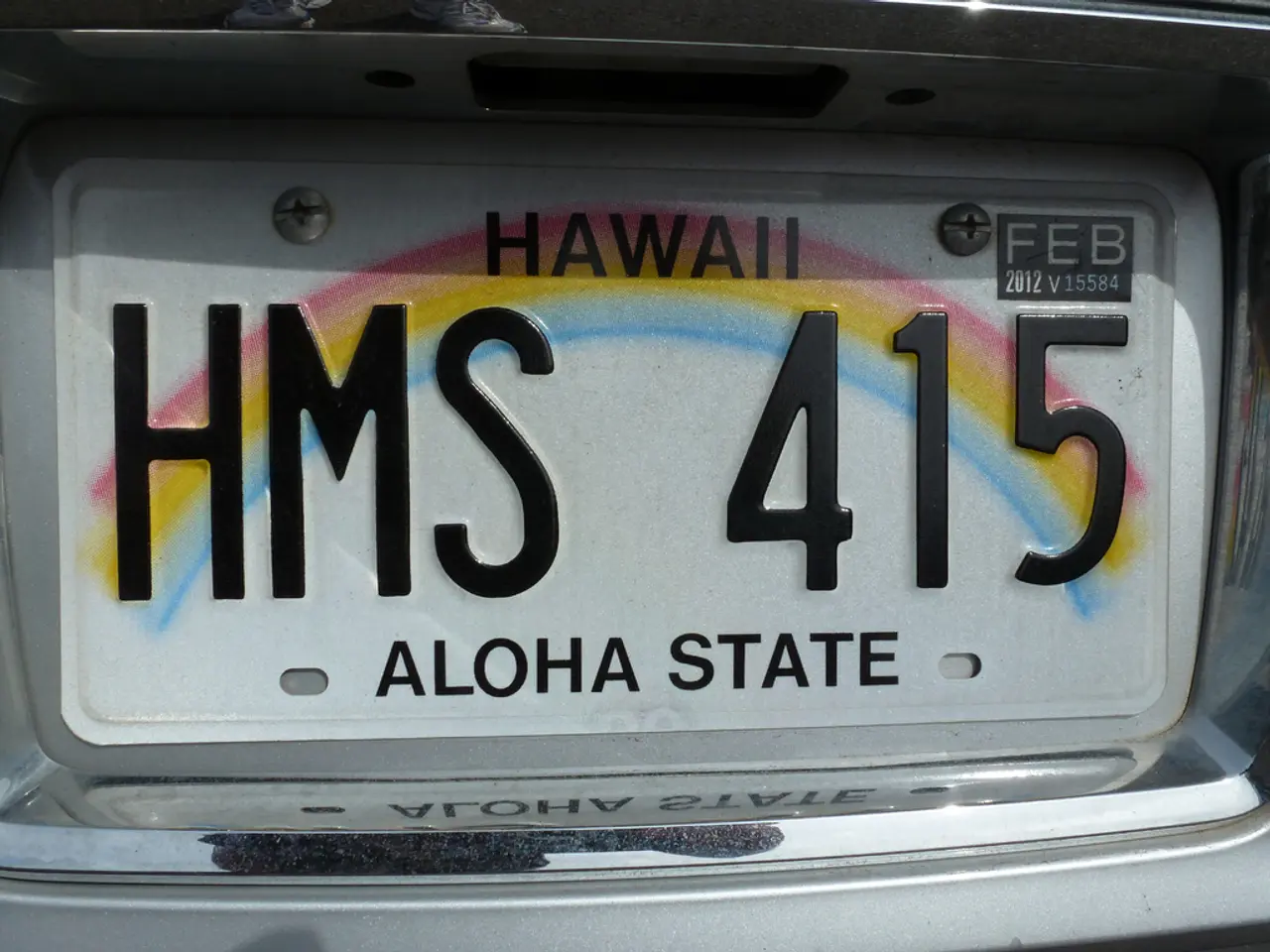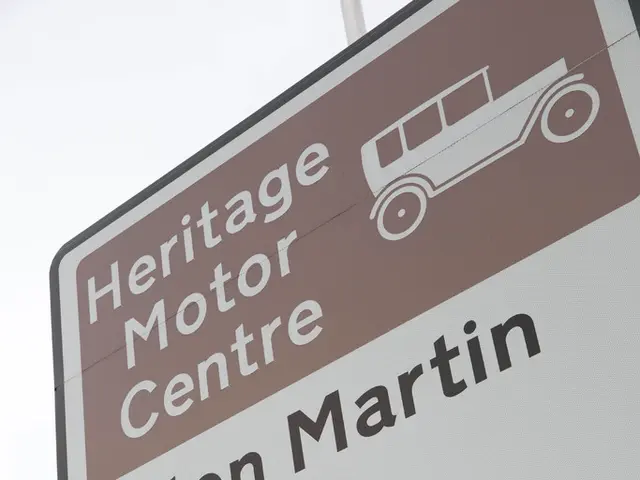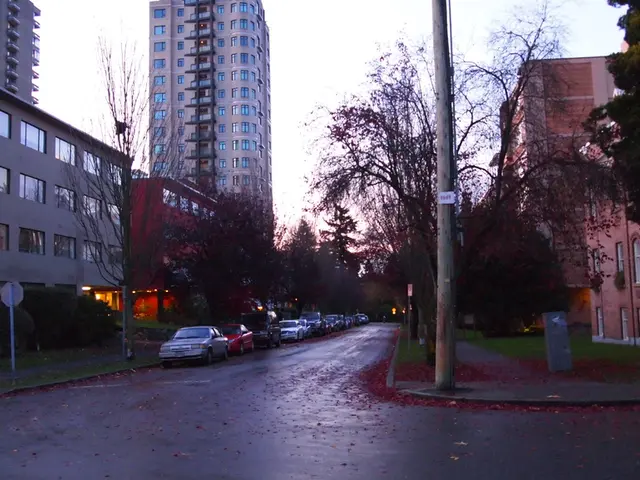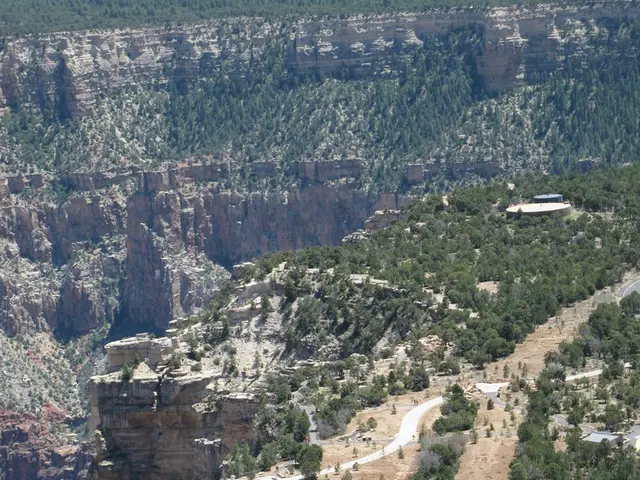Volcanic Essentials of Hawaii: A Comprehensive Overview
The Big Island of Hawaii, fondly known as Hawai'i, is a popular destination for those seeking the unique beauty and awe-inspiring wonders of Kilauea, an active volcano within the Hawaii Volcanoes National Park. Here's a guide to help you plan your visit.
For the most favourable weather and fewer crowds, consider visiting Kilauea during May and October. These months offer pleasant weather, reduced tourist numbers, and more affordable prices compared to peak seasons. The Big Island's summer season, which runs from May to October, boasts warm, dry weather, making it ideal for outdoor activities like hiking around volcanic areas.
When visiting Kilauea, the Hawaii Volcanoes National Park is a must-see. The park's main attraction, Kilauea, is home to Volcano House, the only hotel within the park, which was established in 1846 and features koa wood furniture. However, it's important to note that lava flows within the park can be volatile and may close parts of the park at any time.
Halemaumau Crater, a prominent feature within the park, can emit thick fumes that may cause headaches, breathing difficulties, and throat and eye irritations. Pregnant women, young children, those with asthma, and heart conditions are particularly advised to be cautious.
To reach Kilauea's summit, you can take Hawaii 19 from Kona, or Hawaii 11 from Hilo, passing through small towns, macadamia orchards, and rainforest. For those staying in Hilo or Kona, regular tours by bus and small van operate daily from many hotels.
If you're looking for accommodation outside the park, Colony One at Sea Mountain offers recently renovated condos, a pool, tennis courts, and golf, and is located near a black-sand beach.
For campers, the Namakanipaio and Kulanaokuaiki Campgrounds within the Kilauea park operate on a first-come, first-served basis, without reservations or permits needed. These free drive-in campgrounds, open year-round, offer tent sites only and no showers.
Remember, the park's volatile nature can cause smog, which may affect visitors' health. To stay updated on the park's status and conditions, check the park's website (
For a comprehensive one-day visit, start with Crater Rim Drive and Chain of Craters Road, which cover highlights of Kilauea. However, it's recommended to arrive early in the day to avoid crowds and enjoy cooler morning temperatures, especially when visiting the Kilauea Overlook and hiking trails.
Lastly, Mauna Loa Road, accessible from Hawaii 11, takes visitors through upland forest to the Mauna Loa trailhead. Along the way, Kipukapuaulu, accessible via Mauna Loa Road, offers one of the richest concentrations of native plants and birdlife in Hawai'i.
With this guide, you're now well-equipped to plan your day trip to Kilauea, ensuring you make the most of your time and enjoy the volcanic wonder safely and comfortably.
During your visit to Kilauea, you might want to consider aligning your travel plans with the climate for a more enjoyable experience. The months of May and October offer pleasant weather, fewer crowds, and more affordable costs compared to peak seasons. When exploring the Hawaii Volcanoes National Park, be mindful of the unpredictable nature of lava flows and volatile conditions, particularly in the Halemaumau Crater, which can cause headaches and respiratory issues for some visitors. If you're looking for a unique lifestyle experience outside the park, consider staying at Colony One at Sea Mountain, offering condos, amenities, and beach access.





